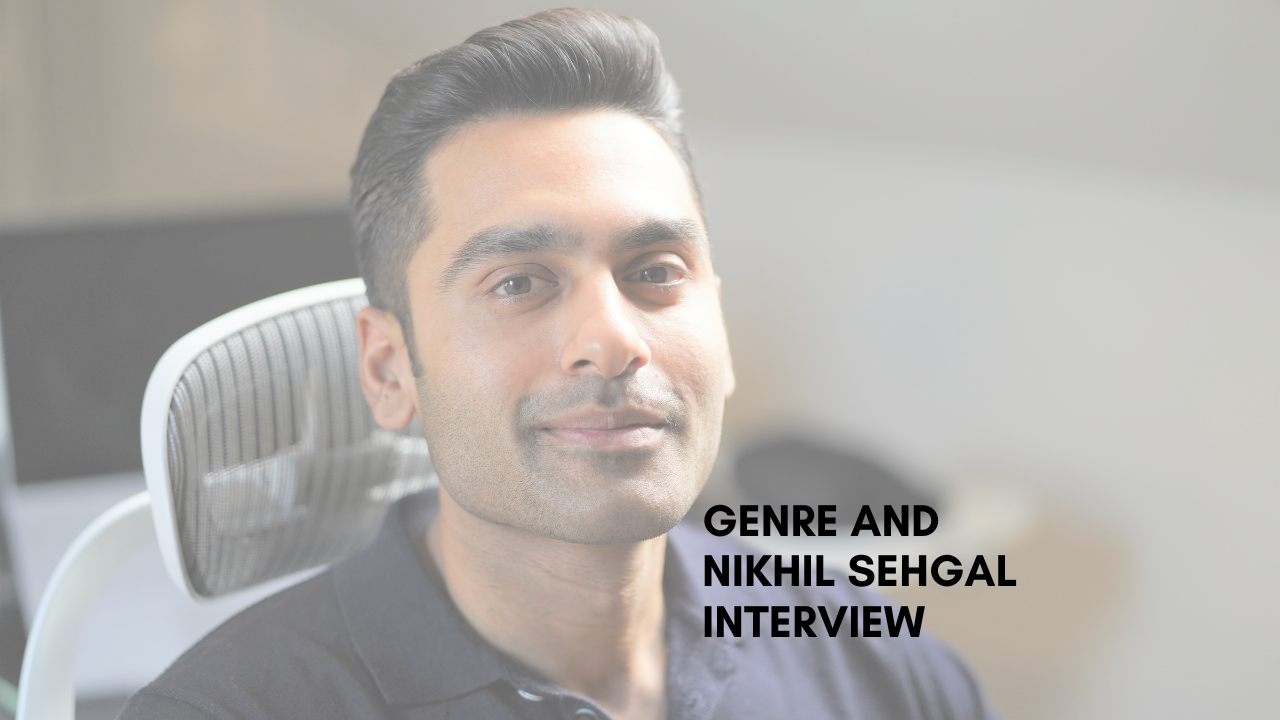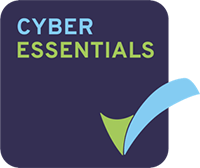Ross Campbell (Lead for Digital Engagement, Life/Health Research & Development, London) interviewing Nikhil Segal, founder and CEO, Vastmindz.
Most people seeking Life insurance get covered quickly just by answering a few health questions ona form. Some individuals find their application requires further underwriting assessment. This well-established process combines access to health records with medical screening. Underwriting is a cornerstone of insurance that weighs the customer’s health disclosures and the insurer’s effort to offer fair terms.
During the pandemic, we’ve had fewer in‑person interactions and done more things remotely.A positive is that we are becoming better at using technologies that fit this new normal. The question is whether or not technology can be adapted to allow for socially distanced, fast and effective medical risk assessment and if successful, can it help invigorate underwriting?
Vastmindz is a healthtech companydeveloping some interesting digital solutions that show promise for bringing greater convenience and value to the processes involved in risk assessment. To find out more, I spoke with Vastmindz founder and CEO Nikhil Segal.
RC: What is the science behind Vastmindz?
NS: We use proprietary signal processing and computer vision techniques to leverage remote photoplethysmography technology (rPPG). The technique allows us to detect pulse colour changes beneath the skin using a smartphone video camera in around 90 seconds. We look onto parts of the human face to measure subtle changes in light absorption from the skin and extract physiological signals. We convert these signals into a set of important health indicators. All the data we need is encoded within the changes in the pixel values of the video feed.
RC: So is Vastmindzusing facial analytics?
NS: No, our technology uses traditional mathematical signal processing. Facial analytics solutions arealmost entirely based on machine learning. We avoid the issue of“transportability”, which can impair a machine learning solution from generalising effectively on any “unseen” populations it hasn’t been trained on.Transportability is generally the main determinant for age, ethnic and gender bias.While we apply some machine learning within our workflow, tackling model biasis a significant part of our development process.
RC: What health insights can this approach provide to underwriters?
NS: This approach can reveal a wider range of physiological metrics – including heart rate variability (HRV),respiration rate, oxygen saturation, stress level and blood pressure – that can be useful for underwriting. For example, there have been numerous studies demonstrating that HRV could be used as a factor to determine mortality risk,which could enhance risk stratification in the underwriting process.
RC: Does this work for everyone regardless of their age, gender or ethnic origin?
NS: Yes, there is little or no bias towards factors – such as age, gender and ethnicity – given that we are processing signals generated from light reflection with facial skin. Since this phenomenon behaves in the same way for every single individual, there are a limited number of factors that could introduce bias. Having said that, a potential limitation for an individual would be a high concentration of melanin in the skin. Melanin absorbs refracted light, hence the signal strength for such an individual can be quite low and can make it difficult to accurately extract physiological signals. To mitigate this issue, we exploit the fact that we are extracting these signals from the face, which holds a large surface area, allowing us to dynamically “pick and choose” areas of the face that exhibit a higher signal strength.
RC: What are you doing about accuracy testing?
NS: We are partnering with a number of academic institutions in the UK as well as the U.S. to conduct independent studies to showcase the efficacy of our solution. This is part of our pathway to secure FDA and/or CE Marking.
RC: How can this improve the current underwriting process?
NS: I would say there are three main benefits to implementing our technology within the underwriting process.Firstly, our tool can be used to improve the process of stratifying high-riskindividuals, allowing the insurer/underwriter to gain better visibility into risk managing their insurance pool. Secondly, since our tool can be used on most smartphones, it is readily accessible, meaning that insurers potentially grow their user base by accessing a wide variety of customers whilst maintaining an acceptable level of risk. Thirdly, it only takes around 90 seconds forus to complete a comprehensive physiological assessment, allowing for a quick and engaging underwriting process that would appeal to anyone.
Source: GenRe, published on 1st June, 2021


